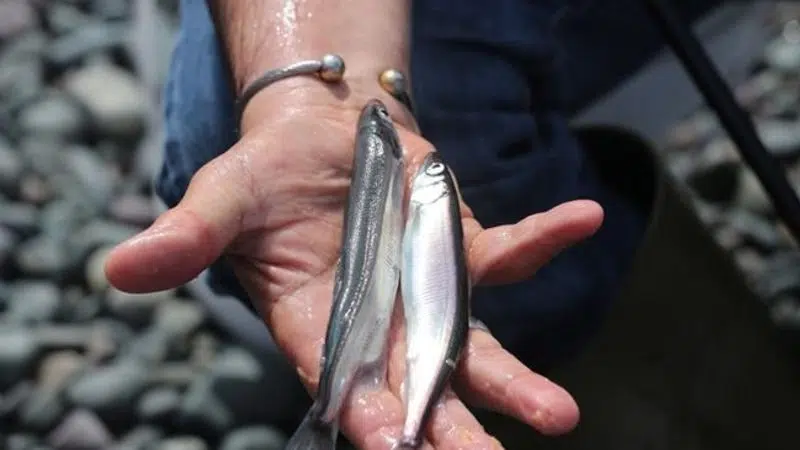
Town tortured by stench of fermenting seafood wafting from abandoned factory
ST. JOHN’S, N.L. — A Newfoundland town is being tormented by the unbearable smell of seafood sauce left to ferment in large vats when a factory was abandoned more than a decade ago.
The owner abandoned the Atlantic Seafood Sauce Company Ltd. plant in St. Mary’s, N.L., after extended legal battles over food safety complaints.
Much of the sauce was never bottled or sold, and the mixture of capelin, herring, water and salt has been fermenting in the 147 vats since.



